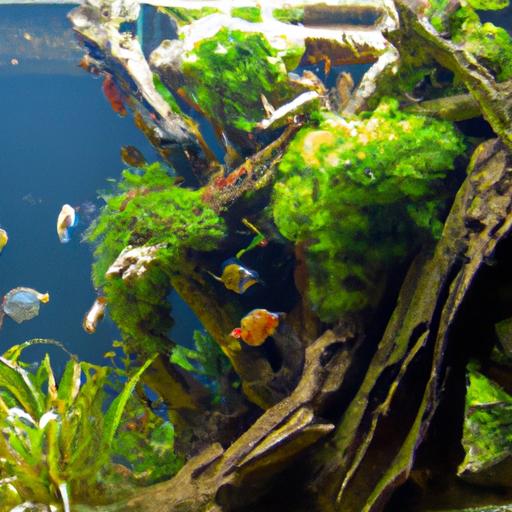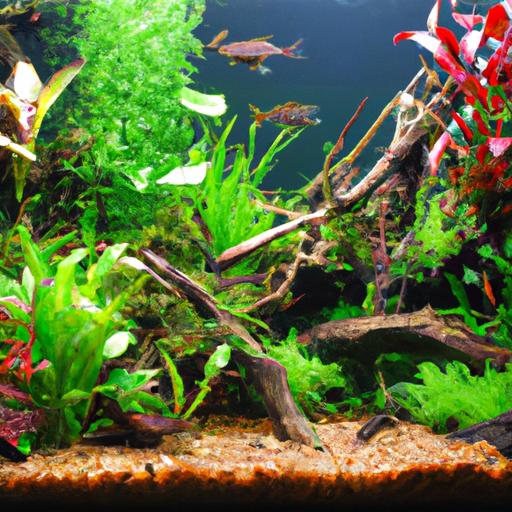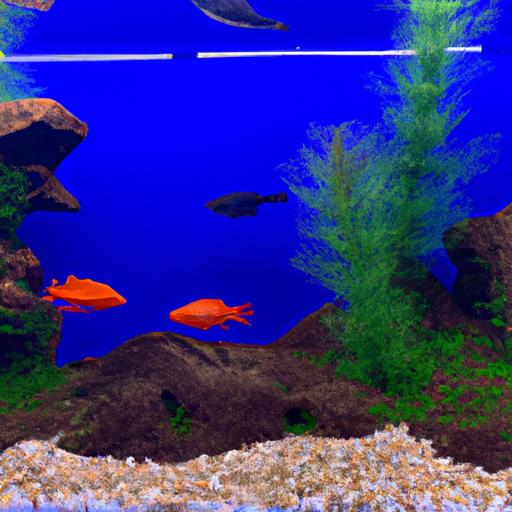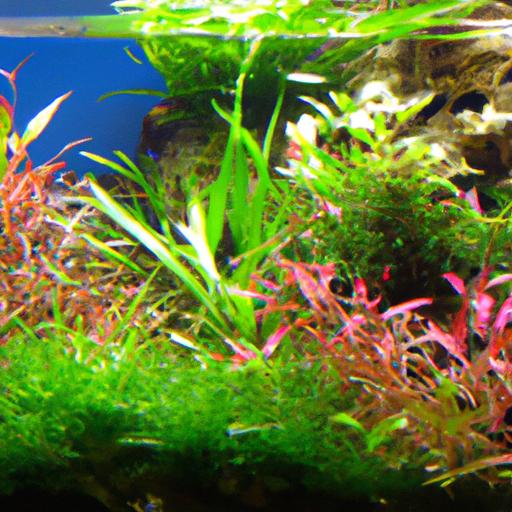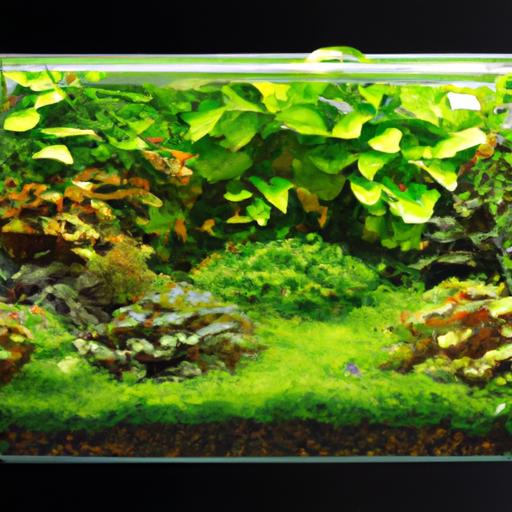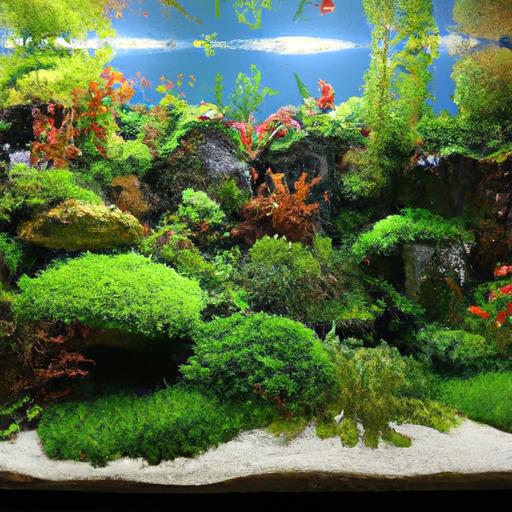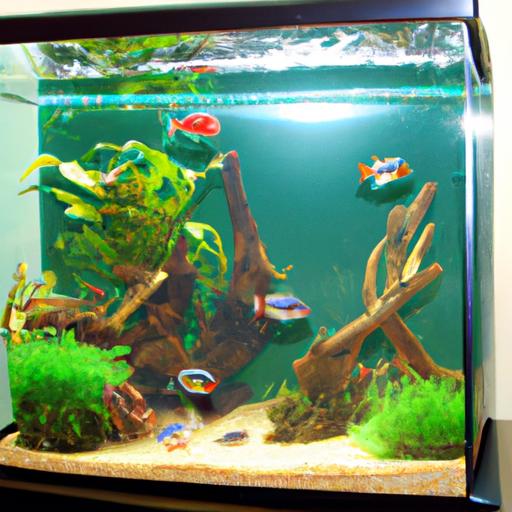
Essential Tools for Freshwater Tank Maintenance
Discover the must-have tools for freshwater tank maintenance. From cleaning to testing and feeding, equip yourself with the essentials for a thriving aquatic environment.
Introduction
Maintaining a freshwater tank is not only essential for the health and well-being of your aquatic pets but also for creating a visually appealing and serene environment in your home. To ensure your tank stays in optimal condition, it is crucial to have the right tools at your disposal. In this article, we will explore the essential tools you need for freshwater tank maintenance and how they can make your life as an aquarium owner easier and more enjoyable.
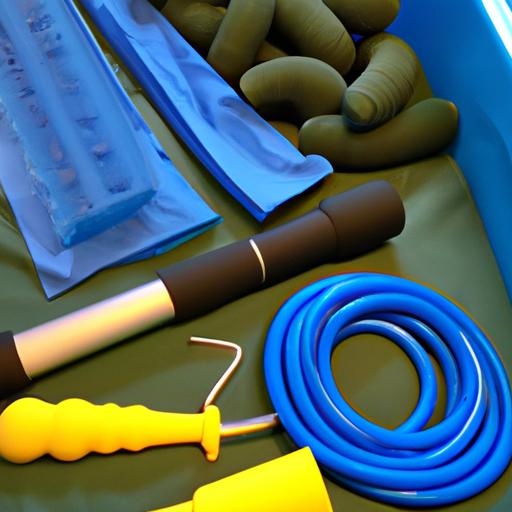
Essential Tools for Freshwater Tank Maintenance
When it comes to maintaining a freshwater tank, having the right tools is paramount. These tools not only help you keep the tank clean and well-maintained but also assist in regular testing, feeding, and overall upkeep. Let’s delve into the must-have tools for freshwater tank maintenance.
Cleaning Tools
-
Gravel Vacuum Cleaner: A gravel vacuum cleaner is an indispensable tool for removing debris, uneaten food, and waste from the substrate of your tank. It helps maintain water quality and prevents the buildup of harmful substances.
-
Algae Scraper: Algae growth is a common issue in freshwater tanks. An algae scraper is designed to remove algae from the glass walls of the tank, keeping it clean and maintaining optimal visibility.
-
Glass Cleaner: Keeping the glass walls of your tank crystal clear not only enhances the aesthetic appeal but also allows you to observe your fish and plants more easily. A good glass cleaner helps to eliminate fingerprints, smudges, and water stains, providing a pristine view of your aquatic world.
Testing Tools
-
Water Test Kit: Maintaining proper water parameters is crucial for the health of your fish and plants. A water test kit allows you to monitor important parameters such as pH, ammonia, nitrite, and nitrate levels, enabling you to take necessary actions to ensure a balanced and thriving environment.
-
pH Meter: A pH meter provides accurate and instant readings of the pH level in your tank. This tool is essential for monitoring and adjusting pH, as it directly affects the overall well-being of your aquatic inhabitants.
Maintenance Tools
-
Fish Net: A fish net is a basic but indispensable tool for any aquarium owner. It is used for catching and transferring fish during tank maintenance, relocation, or emergencies. Choose a net with soft mesh to avoid injuring delicate fish fins.
-
Aquarium Thermometer: Maintaining the right water temperature is vital for the health and comfort of your fish. An aquarium thermometer helps you monitor the temperature accurately, ensuring it stays within the optimal range for your specific fish species.
-
Water Conditioner: Tap water often contains chlorine, chloramine, and heavy metals that can harm your fish. A reliable water conditioner neutralizes these harmful substances, making tap water safe for your aquatic pets.
Feeding Tools
-
Fish Food Dispenser: Overfeeding can lead to water pollution and health issues for your fish. A fish food dispenser allows you to accurately portion out the right amount of food, preventing wastage and maintaining water quality.
-
Feeding Ring: Some fish species prefer to feed on the water surface. A feeding ring keeps the food contained in a specific area, preventing it from spreading throughout the tank. This not only allows surface-feeding fish to eat comfortably but also helps in maintaining a cleaner environment.
FAQ (Frequently Asked Questions) about Freshwater Tank Maintenance
How often should I clean my freshwater tank?
The frequency of tank cleaning depends on various factors such as the size of your tank, the number of fish, and the filtration system in place. As a general guideline, a partial water change and basic cleaning should be done every 1-2 weeks, while a more thorough cleaning can be done every 1-3 months. However, it’s important to monitor water parameters and adjust the cleaning schedule accordingly. For a detailed guide on tank maintenance, check out Essential Steps for Maintaining a Healthy Tank.
What is the ideal water temperature for freshwater fish?
Different species of freshwater fish have varying temperature requirements. It is crucial to research and understand the specific temperature preferences of your fish. However, most tropical freshwater fish thrive in temperatures between 75°F and 82°F (24°C and 28°C). Ensure you have a reliable aquarium thermometer to monitor and maintain the appropriate temperature for your fish.
Do I need to use a water conditioner for tap water?
Yes, using a water conditioner is highly recommended when using tap water in your aquarium. Tap water often contains chemicals like chlorine and chloramine, which can be harmful to your fish. A good quality water conditioner helps to remove or neutralize these chemicals, making tap water safe for your aquatic pets.
How can I prevent algae growth in my tank?
Algae growth is a common concern for aquarium owners. To prevent excessive algae growth, there are a few key steps you can take. First, ensure proper lighting conditions for your tank and avoid excessive exposure to direct sunlight. Secondly, maintain a regular cleaning routine, including algae removal with an algae scraper. Lastly, consider introducing algae-eating fish or invertebrates into your tank, such as certain species of snails or plecos, which can help control algae naturally.
Conclusion
In conclusion, maintaining a freshwater tank requires the use of essential tools to ensure the health and well-being of your aquatic pets. From cleaning tools to testing equipment, maintenance tools, and feeding aids, each tool plays a vital role in keeping your tank clean, balanced, and visually appealing. By investing in these essential tools and adhering to proper maintenance practices, you can create a thriving aquatic ecosystem that brings joy and tranquility to your home. Remember, a well-maintained tank leads to happy and healthy fish! For more tips on freshwater aquarium care, visit Best Practices for Freshwater Aquarium Water Changes.


